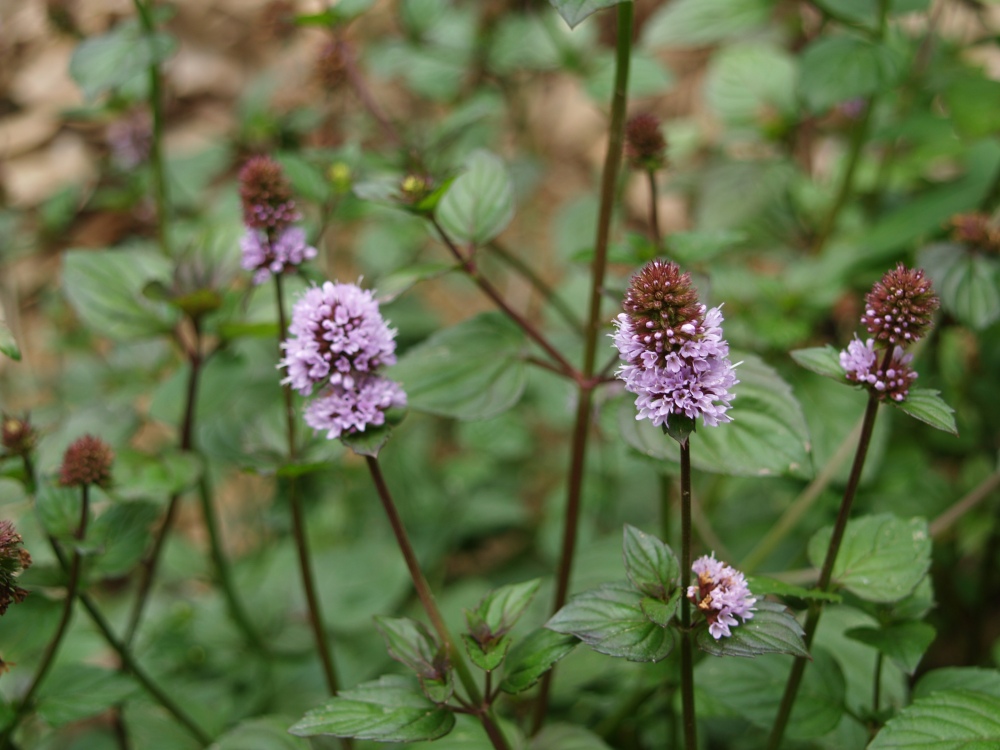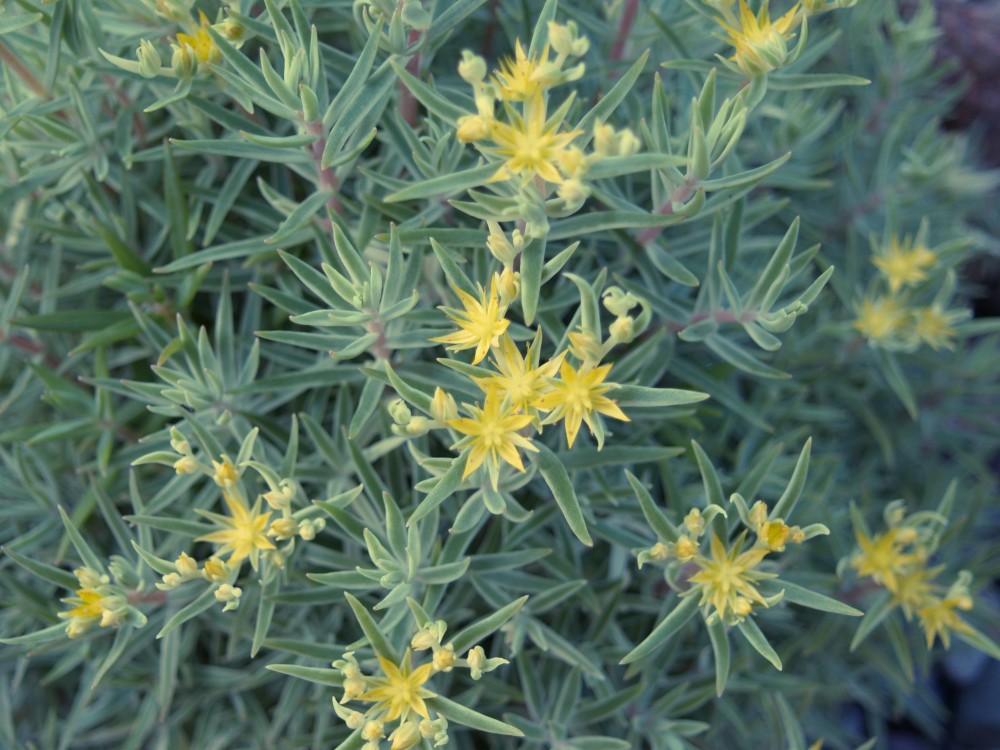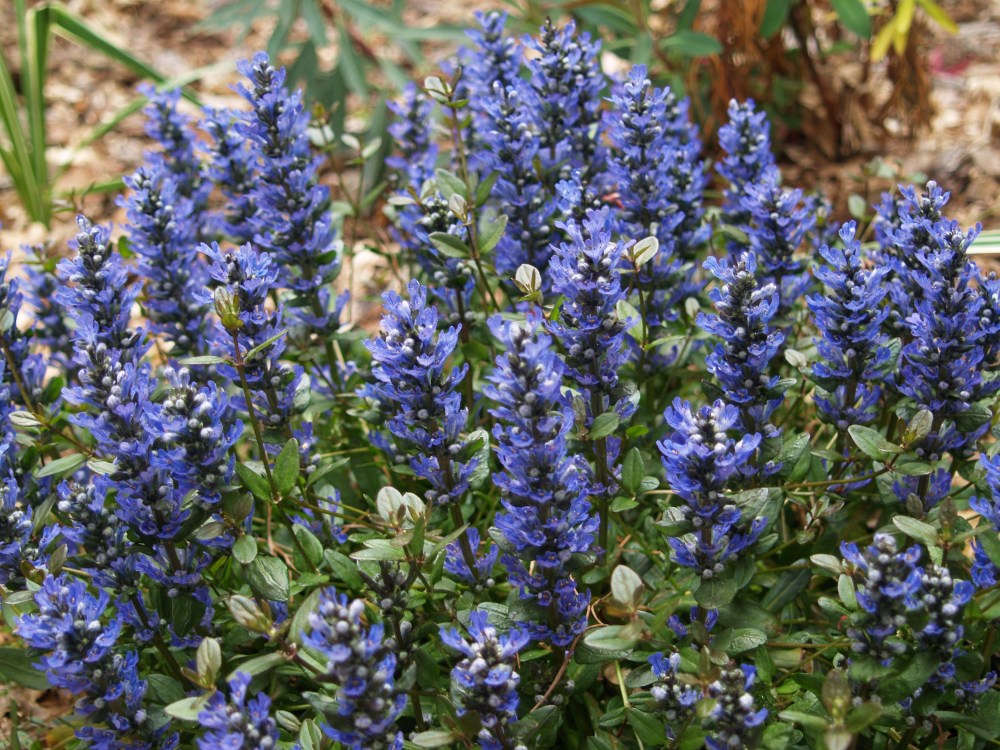I cannot exactly determine the cause, but the garden has been plagued by weeds through this year. The easy answer is to consider that I might be less motivated to keep after weeds when they’re small, which then go to seed to exacerbate the problem. And, who could blame me, even if this is true (and I don’t believe it)? I hear of gardeners who claim to enjoy weeding and other mundane tasks, but I don’t, never will, and can’t understand how this is possible.
One thing is certain, there is rarely such a thing as a low maintenance garden, and when one gardener expects to manage nearly an acre without assistance, there are likely to be times when things get a bit out of control. This year, there has been one problem after another in the garden, from plants killed and injured by winter that have required hours of labor in removal and pruning, to complications from drainage issues in the rear garden that continually worsen, and now weeds that consume too much time that should be devoted to leisure. I know, this sounds a lot like every other year, but I feel certain that this has been worse.
At this point, I’m determined to lessen the amount of labor required to manage the garden, and no, this doesn’t mean I’ll consider turning portions of the garden back to lawn as my wife suggests. As always, I’m inclined to add to the garden rather than subtract, and I’m thinking that the best way to solve this weed dilemma is to cover as much bare ground as possible, as quickly as possible (also, as inexpensively as possible, by the way).
I notice that areas in the garden that are covered by aggressive spreaders have many fewer weeds, which is not a revelation of any sort, but which I’ve avoided planting in part through principle that aggressive plants in general should be avoided. But, large portions of this garden are planted with trees and shrubs, so I suppose that if a vigorous ground cover is planted there are likely to be few conflicts. 
At the far back corner of the garden I’ve planted a variety of mint which has spread to cover an area that was subject to erosion caused by runoff from neighboring properties. The mint is hemmed in by a large magnolia (which is now dead, but not yet removed) and blueberry shrubs so that the area is too shaded for the mint to expand very far. I expect that mint is the worst of the aggressors, and that by comparison violets and bugleweed will be easily managed if planted on a larger scale.
Periwinkle (Vinca minor), violets (Viola), and bugleweed (Ajuga reptans) are planted in small patches in the garden without creating a problem worth mentioning. In fact, violets have seeded themselves into areas that confound me as to how the seeds got there, and I suppose the problem is that violets could eventually move into areas where they’re not wanted. Like weeds. But, as I consider the pro’s and con’s, the decision is weighing heavily in favor of turning these low growing beasts loose to cover as much as ground as they please, and to worry about their over exuberance later.
Already, I’ve begun to transplant pieces of violets and sedums that have sprouted where they serve no productive purpose. A small patch of violets growing in a crack in the driveway is easily dug out. and with a minimum of attention it is easily transplanted to a shaded spot of moderately moist soil beneath a wide spreading Japanese maple. Under this tree I’ve planted the marvelous yellow leafed ‘Sun King’ aralia (Aralia cordata ‘Sun King’), hostas, hellebores, and a winter daphne (Daphne odora ‘Aureo-marginata) that has recovered nicely from the winter. The violet is a small, purple leafed variety that was planted long ago so that I don’t recall the cultivar, but in any place it’s seeded it remains low and spreads to fill any open space. This is what I’m looking for, though I’ll need to keep a watch that it doesn’t bother the lower growing hostas and hellebores.
In sunny, dry spots I’ve moved a few pieces of a variegated sedum (also of unknown nomenclature) that were found growing in ash at the bottom of the fire pit where garden scraps are tossed to be burned some day in the future. The low growing sedum was planted in small areas of gravel beside the stone patio, where it has filled to form a mat that is rarely penetrated by weeds. The tiny bits have been transplanted to areas that I consider dry and sunny enough, and where the light green and cream foliage will be well suited as a backdrop for the darker foliage growing above.
In past years I’ve had a bit of problem growing bugleweed, which I’m certain seems impossible to believe for gardeners who have had issues with its aggressive nature. It’s been along ago enough that I don’t recall if the location where it failed was too wet or dry (or too sunny), but then a few years ago I planted the small leafed ‘Chocolate Chip’, and it has behaved quite well and spread only a little further than I anticipated. It has occasionally wandered into the lawn that is thin from a smidgen too much shade, but this has been easily managed and I don’t mind at all if the lines between lawn and garden are blurred. I much prefer the bugleweed to lawn, and it’s not as if it’s taking over any more than a small section.
So, this is my late summer project, though the mild and relatively damp mid summer has allowed me to get a jump start on it. In early September I’ll splurge to purchase a few pots each of a few other interesting cultivars of bugleweed, and there’s a silver leafed viola that I have my eye on. Each of these containers can immediately be split into a handful, and I’m hopeful that it won’t be long until these work their magic to cut my time spent weeding to nothing at all. Or, at least enough to make up for my growing lack of motivation.
I allow the violets to grow where they will and act as shade to prevent more onerous weeds. I find the violets easy enough to remove when my chosen plants need room to expand or I want to add something new.
I do plant some aggressive plants, though, inside the back yard fence where the dogs have free rein. Anything that isn’t aggressive is unlikely to survive my dynamic duo!
[PS, I’m one of those nutters who likes to weed. It’s a great excuse for me to be outside and still be productive!]
I want to be seasonally productive. There’s a time for work, and the other forty nine weeks should be devoted to rest and enjoyment. Somehow, this rarely works out, but that’s my goal.